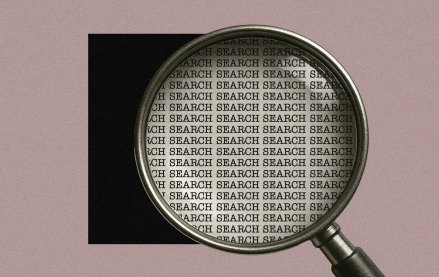Save 50% on a 3-month Digiday+ membership. Ends Dec 12.

Nike has long been the epitome of the brand marketer, creator of iconic campaigns like “Bo Knows” and “Just Do It.” But for years now, Nike has shifted away from the top-down traditional media approach. The seminal moment in this can probably be traced back to 2007, when Nike Marketing Chief Trevor Edwards declared in The New York Times, “We’re not in the business of keeping the media companies alive.” Translation: We can build direct connections with consumers. Nike’s walked the walk, according to a Fortune feature article, cutting TV ad spending 40 percent over the last three years. Nike Plus was the shining example of that. Now Nike is doubling down on the Plus approach with Nike Digital Sport, which has given birth to the ambitious FuelBand, a wristband that collects all manner of data relating to the wearer’s activity.
The reason for the shift is simple: Nike is going where its customer is. And its core customer, a 17-year-old who spends 20 percent more on shoes than his adult counterparts, has given up television to skip across myriad online communities. Not only does Nike think it can do without the mega-TV campaigns of old, it says the digital world allows the brand to interact even more closely with its consumers—maybe as closely as it did in its early days, when founder Phil Knight sold track shoes out of his car in the 1960s. That’s a major change, Nike CEO Mark Parker explained to Fortune during a recent interview in his tchotchke-filled office in Beaverton, Ore. “Connecting used to be, ‘Here’s some product, and here’s some advertising. We hope you like it,'” he says. “Connecting today is a dialogue.”
Read the full Fortune article on its website.
More in Media

WTF is AI citation tracking?
Publishers are tracking AI citations to understand visibility, attribution gaps and referral traffic in these tools and platforms.

As big brands flood the podcast ad space, startups are refining strategies to stand out
While a influx of big advertisers is good news for podcast companies, it also makes it more challenging for small- to mid-sized brands to stand out in the space.

Meta enters AI licensing fray, striking deals with People Inc., USA Today Co. and more
The platform has secured seven multi-year deals with publishers including CNN, Fox News, People Inc., USA Today Co to incorporate their content into its large language model (LLM) Llama.





